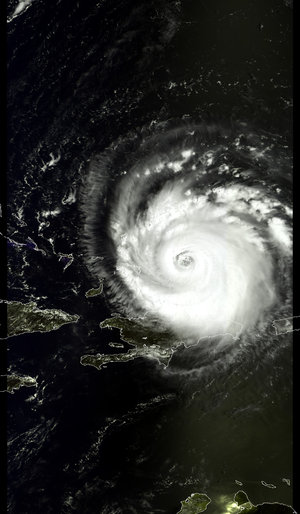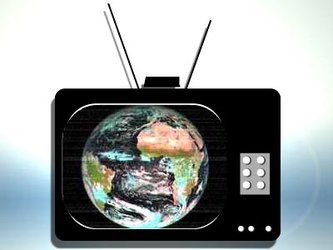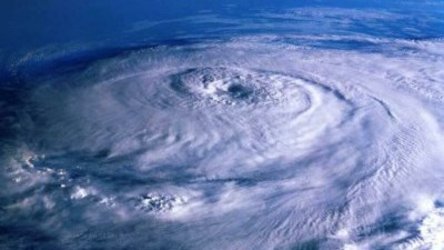ESA and ECMWF sign agreement to exchange information and expertise
An agreement signed at ESA Headquarters in Paris yesterday by Director-General Jean Jacques Dordain of ESA and Director Dominique Marbouty of the European Centre for Medium-Range Weather Forecasts (ECMWF) and attended by ESA Earth Observation Director Volker Liebig establishes long-term cooperation between these two international organisations.
"This signature marks formal recognition of long established relationships and complementary interests linking ESA and the European Centre for Medium-Range Weather Forecasts (ECMWF)," said Director-General Dordain.
Mr. Marbouty stated: “ECMWF has established a world-wide reputation for its extensive use of satellite data in the field of numerical weather prediction. It has demonstrated the positive impact of ESA satellite data in the Centre's numerical model output, while contributing to the validation and calibration of the instruments on board such satellites.
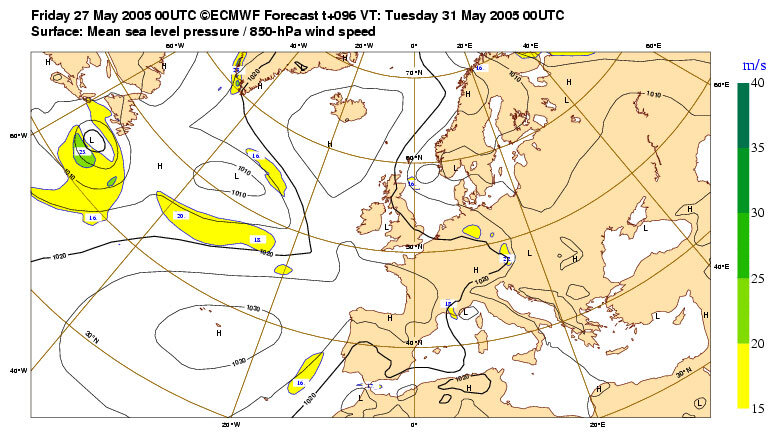
"The agreement, by giving a framework to such activities, further strengthens the application of ESA's space-based Earth Observation, particularly regarding the Earth Explorer programme."
Director Liebig added: "The excellent work of the Centre highlights the utility of Earth Observation satellites in the fields of meteorology and the environment and contributes to the continuous improvement of our instrument data quality. ECMWF also helps us to ensure that the design of our instruments is efficiently matched to the needs of users and their eventual benefit."

Intended as an umbrella to cover activities already in place as well as future activities, the agreement pledges the exchange of information and expertise as well as the setting up of regular bi-lateral meetings and fixed points of contact.
Located in Reading in the UK and supported by 25 European states, ECMWF has the demanding task of forecasting the weather in the medium-range (up to ten days ahead) but also in the extended range (up to six months ahead). It does this by digesting all available data into complex numerical models run on powerful supercomputers.
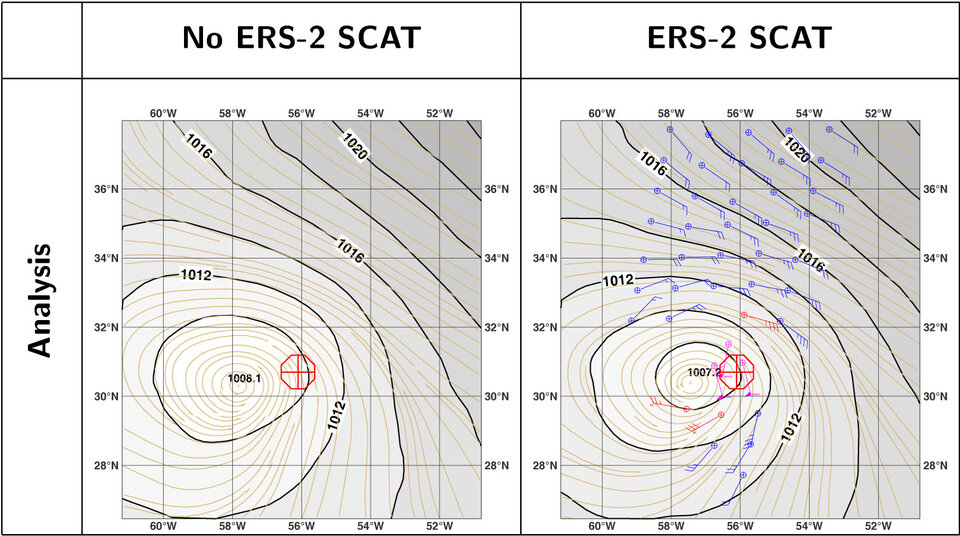
This activity is known as numerical weather prediction (NWP) and ECMWF is recognised as the worldwide leader in the field. The Centre also carries out scientific and technical research aimed at the improvement of its forecasts and maintains an extensive archive of meteorological data.
In practical terms, ECMWF is not only a leading operational user of results from ESA-developed satellites but also helps ensure data quality control, instrument calibration and validation as well as providing estimates of the performance of climate-related satellite sensors planned for the future.

ESA and ECMWF began working together more than two decades ago, in 1983, when ECMWF supplied cloud cover predictions in support of the Metric Camera experiment on ESA's first Spacelab mission. In the mid-1980s ECMWF began investigating the feasibility of employing ESA satellite data such as scatterometer winds, altimeter wave height and synthetic aperture radar (SAR) spectra. In the course of the 1990s these data were introduced into the ECMWF analysis.
Back in the summer of 1995, the occurrence of Hurricane Luis in the tropical Atlantic – famous as the 'QE2 hurricane' that sent a 29-metre high rogue wave over the luxury liner - helped spur on the adoption of the ERS scatterometer. ECMWF analysis at the time showed a significant improvement in short-term forecasting of tropical cyclones when scatterometer data was included.
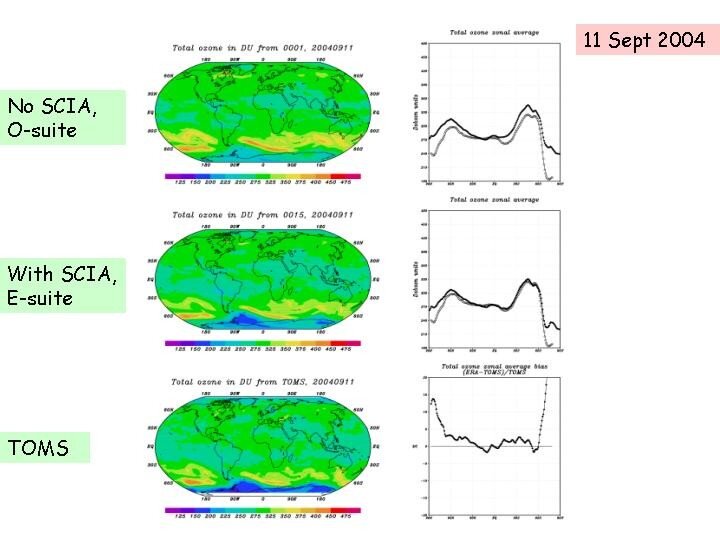
Today ECMWF routinely assimilates near-real time data from ERS-2 and Envisat into its weather forecasts. It also validates results from these satellites' instruments on an ongoing basis, comparing their data on meteorological events to other ground and space-based sources and their numerical model outputs. In turn, the Centre uses archived ESA datasets as benchmarks to assess and improve the performance of its numerical models.
ECMWF is also a major user of the Meteosat series of weather satellites, developed and built by ESA in cooperation with Eumetsat, the European Organisation for the Exploitation of Meteorological Satellites. ECMWF is currently preparing in view of the launch of MetOp, the first polar-orbiting joint venture between ESA and Eumetsat, foreseen for April 2006.
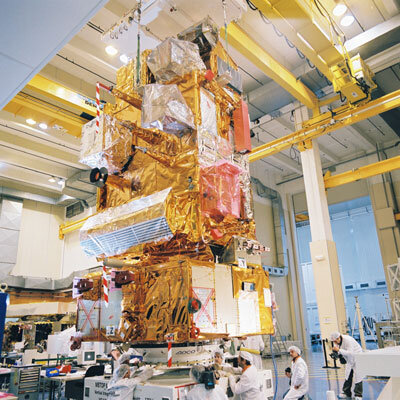
The new agreement allows for the continuation of current projects and activities and access to data, as well as educational and fellowship exchanges between ESA and ECMWF. It also strengthens the application of cooperation in areas such as ESA's Earth Explorer Programme.
ECMWF is set to play a key role in future ESA Earth Explorer missions. The Centre has the task of processing vertical wind fields from the ADM- Aeolus mission and will be employing climate-related data from the SMOS (Soil Moisture and Ocean Salinity) mission.

The two organisations will also cooperate and share information on their activities for the Global Earth Observation System of Systems (GEOSS) - an international effort setting up a system to share environmental information – as well as Global Monitoring for Environment and Security (GMES), a joint initiative between ESA and the European Union to establish an independent global monitoring capability for the continent, also serving as the European contribution to GEOSS.



